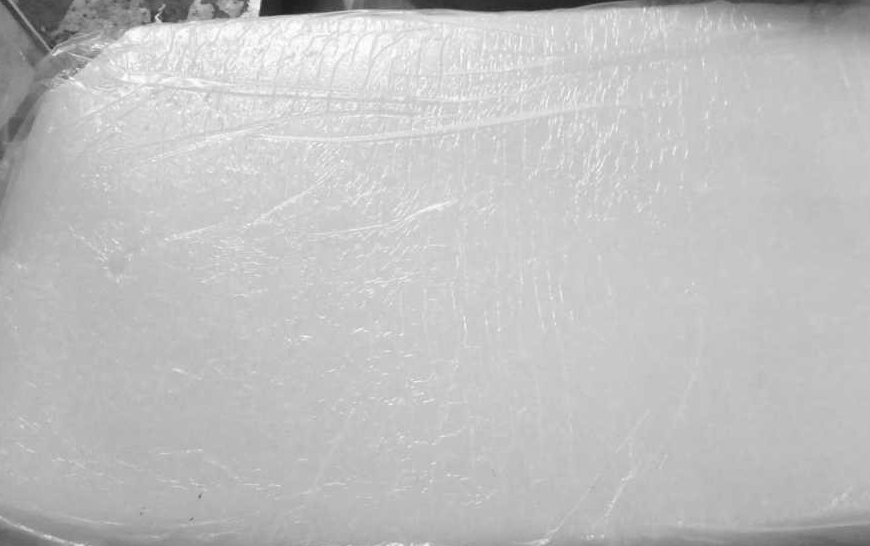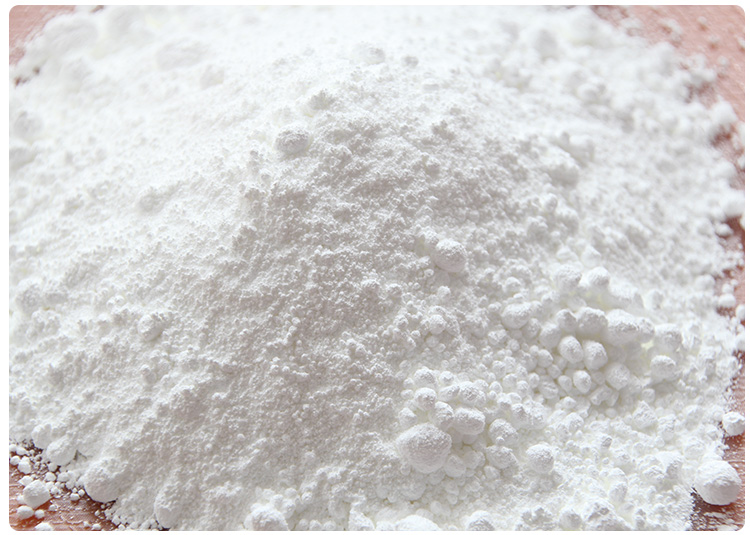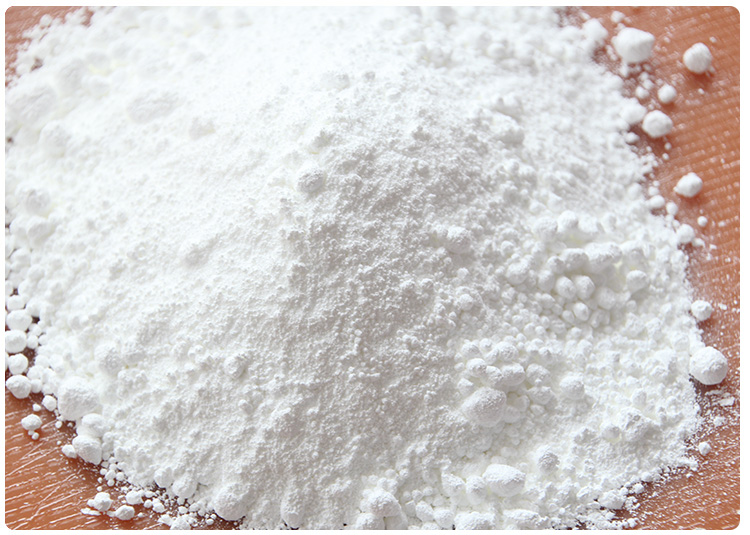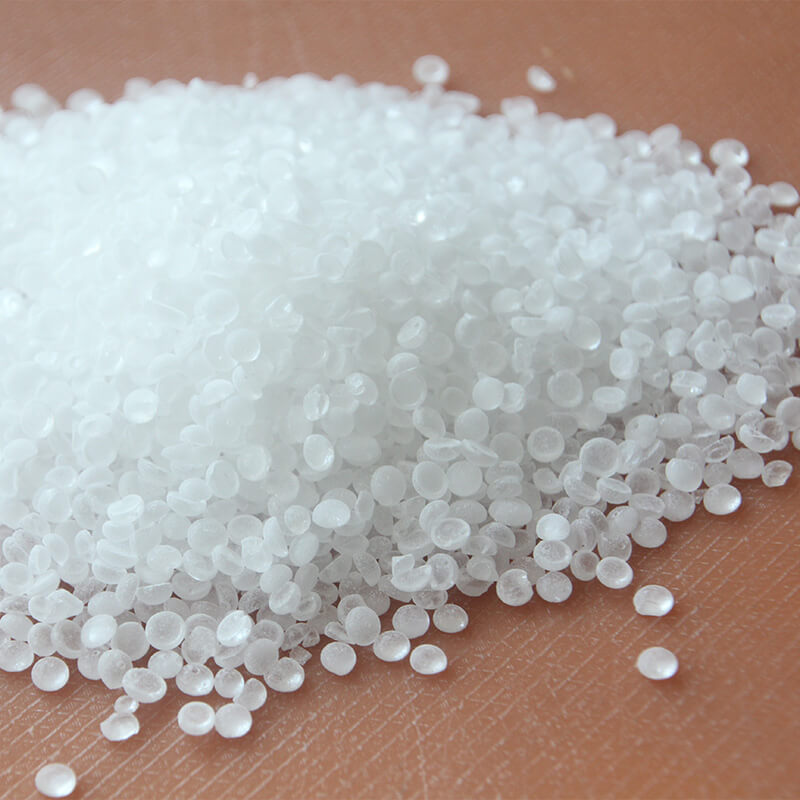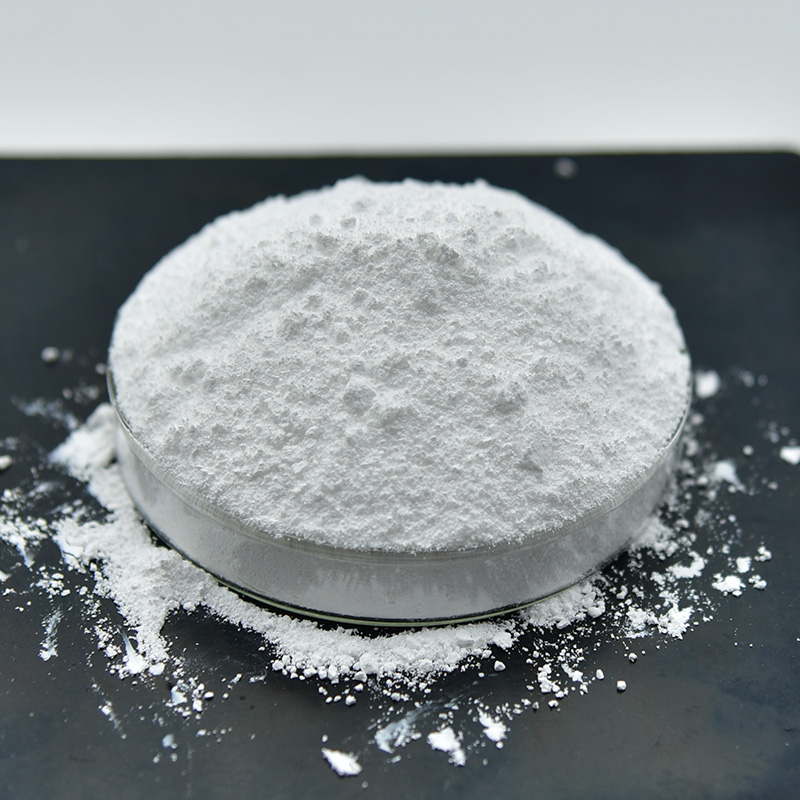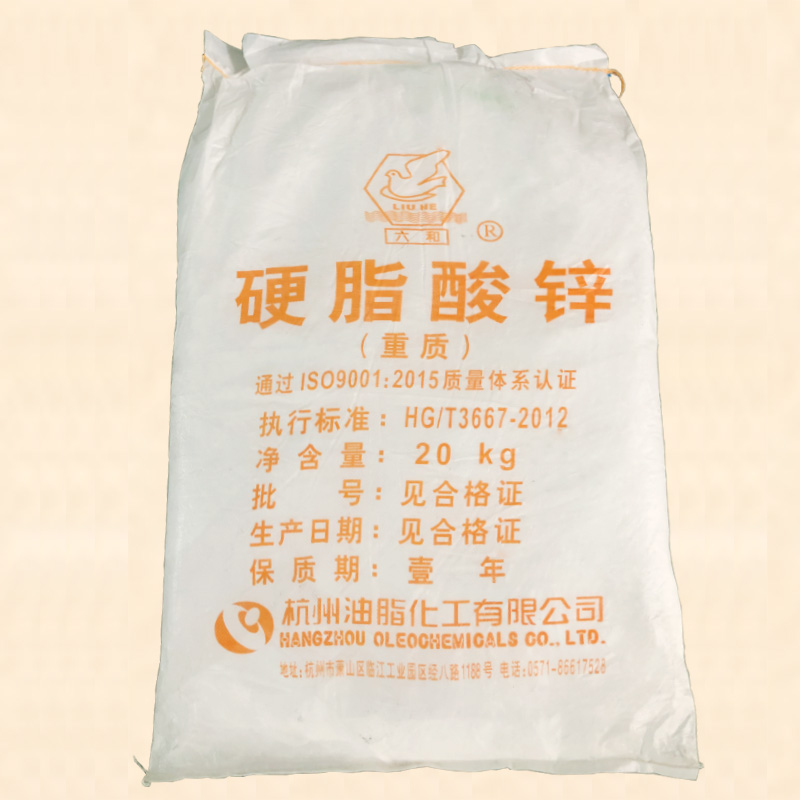How is polybutadiene made?
- Mingpai
- 2024-06-07 14:14:18
Polybutadiene, a type of synthetic rubber widely known for its exceptional elastic properties, is primarily produced through the polymerization of 1,3-butadiene monomer. The manufacturing process can vary based on the desired properties of the final product and typically involves either solution polymerization, emulsion polymerization, or bulk polymerization methods. Here's a general overview of these processes:
Solution Polymerization
In this method, 1,3-butadiene monomer is dissolved in a hydrocarbon solvent along with a catalyst system. Nickel-based catalysts, such as nickel octanoate in combination with activators like aluminum alkyls, are commonly used. The reaction is carried out at controlled temperatures and pressures, often in the presence of regulators to control the molecular weight and microstructure of the resulting polymer. After polymerization, the polymer is isolated by evaporating the solvent, and further processed to remove unreacted monomer and other impurities.
Emulsion Polymerization
This process involves an aqueous dispersion of the butadiene monomer, stabilized by surfactants or emulsifiers, with a water-soluble initiator to start the polymerization reaction. Potassium persulfate or redox initiators are frequently used. Emulsion polymerization allows for better temperature control and is particularly suitable for producing high-cis polybutadiene with enhanced mechanical properties. Once polymerized, the latex is coagulated, washed, and dried to obtain the solid polybutadiene rubber.
Bulk Polymerization
Bulk polymerization takes place in the absence of a diluent or solvent, with the monomer itself serving as the reaction medium. This method is less common for commercial production due to issues with heat management since the exothermic nature of the reaction can lead to uncontrolled temperature rises and potential runaway reactions. However, under carefully controlled conditions, it can produce high-molecular-weight polybutadiene with specific characteristics.
Catalyst Systems and Modifications
Different catalyst systems lead to variations in the microstructure of the polybutadiene chain, affecting properties such as crystallinity, thermal stability, and elasticity. For example, using rare earth catalysts can yield highly stereospecific polybutadiene with a high proportion of cis-1,4 links, which is desirable for certain applications like tire manufacturing.
Overall, the selection of the polymerization technique and catalyst system is tailored to achieve the targeted performance characteristics for the intended application, whether it's improved resilience for tire treads, enhanced grip for golf balls, or specialized properties for industrial uses.
